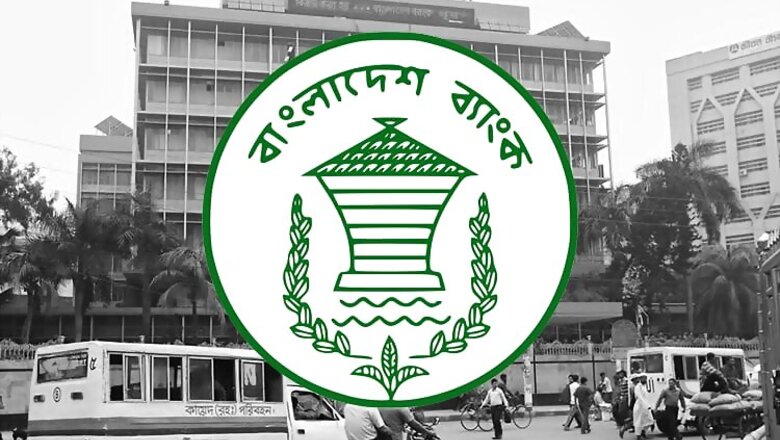
views
Bangladesh bank governor Atiur Rahman and two of the deputy governors have lost their jobs over the $81 million cyber heist that sent shockwaves through the banking world.
Now that more details are emerging it is becoming clearer how hackers managed to carry out one of the largest known bank thefts in history.
The hackers managed to transfer $81 million between February 4-5, over the Bangladeshi weekend, which falls on a Friday, when Bangladesh Bank is closed - from its account with the Federal Reserve Bank of New York, transferring the cash electronically to accounts in the Philippines.
According to reports, the hackers breached Bangladesh Bank's systems and stole its credentials for payment transfers. They then bombarded the Federal Reserve Bank of New York with nearly three dozen requests to move money from the Bangladesh Bank's account there to entities in the Philippines and Sri Lanka.
Four requests to transfer a total of about $81 million to the Philippines went through, but a fifth, for $20 million, to a Sri Lankan non-profit organisation was held up because the hackers misspelled the name of the NGO, Shalika Foundation.
Hackers misspelled "foundation" in the NGO's name as "fandation", prompting a routing bank, Deutsche Bank, to seek clarification from the Bangladesh central bank, which stopped the transaction.
A report filed by the police investigating the case said that because of a printer and software problem, it took the Bangladesh central bank nearly four days to ask banks across the globe to halt payments to the hackers. Bangladesh Bank's joint director Zubair bin Huda said engineers were unable to fix the printers until February 6, a day after the New York bank sent queries about four separate transactions.
Bangladesh Bank tried to contact New York on February 6 by email, fax and phone to ask that the transactions be suspended when it realised that the SWIFT interbank messaging system which it normally used was not working properly. But they were unable to get through as the US bank was closed for the weekend.
It was not until Monday afternoon that the central bank's main server was again working properly and officials were able to send the formal requests to stop the payments to six banks across the globe.
The hackers had tried to steal around $1 billion and got away with $81 million from the country's coffers that was transferred to a bank in the Philippines.
The money is said to have been transferred to an account belonging to ethnic Chinese businessman William So Go. Go then allegedly transferred the money to Filipino casinos.
Go's lawyer claims that the businessman's signatures for his now-frozen account, which were used to transfer the money, had been forged.
Security experts say the perpetrators had deep knowledge of the Bangladeshi institution's internal workings, likely gained by spying on bank workers.
The New York Fed has said its systems were not breached, and it has been working with the Bangladesh central bank since the incident occurred.
Initially, the central bank was not sure if its system had been breached, but cyber security experts brought in to investigate found hacker "footprints" that suggested the system had been compromised. These experts could also tell that the attack originated from outside Bangladesh.
As details of the scandal emerged last week, Bangladesh Finance Minister AMA Muhith threatened to sue the New York Fed.
The US-based bank said in a statement on its website that the payment instructions "were fully authenticated by the SWIFT messaging system in accordance with standard authentication protocols".
(With inputs from agencies)



















Comments
0 comment